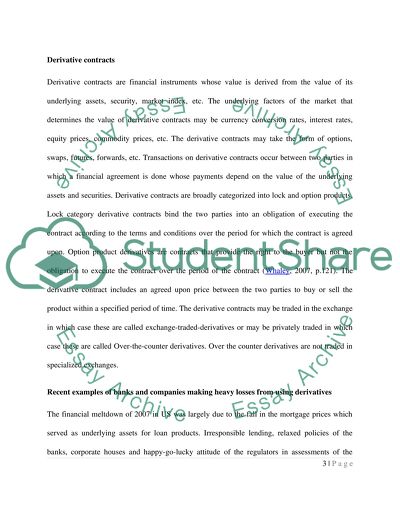Cite this document
(“Financial services Essay Example | Topics and Well Written Essays - 1250 words”, n.d.)
Financial services Essay Example | Topics and Well Written Essays - 1250 words. Retrieved from https://studentshare.org/finance-accounting/1474208-financial-services
Financial services Essay Example | Topics and Well Written Essays - 1250 words. Retrieved from https://studentshare.org/finance-accounting/1474208-financial-services
(Financial Services Essay Example | Topics and Well Written Essays - 1250 Words)
Financial Services Essay Example | Topics and Well Written Essays - 1250 Words. https://studentshare.org/finance-accounting/1474208-financial-services.
Financial Services Essay Example | Topics and Well Written Essays - 1250 Words. https://studentshare.org/finance-accounting/1474208-financial-services.
“Financial Services Essay Example | Topics and Well Written Essays - 1250 Words”, n.d. https://studentshare.org/finance-accounting/1474208-financial-services.


